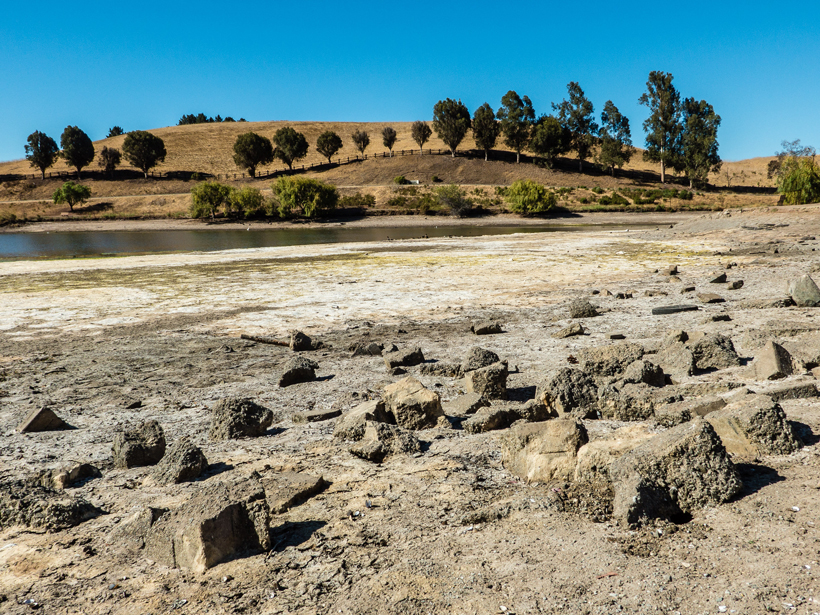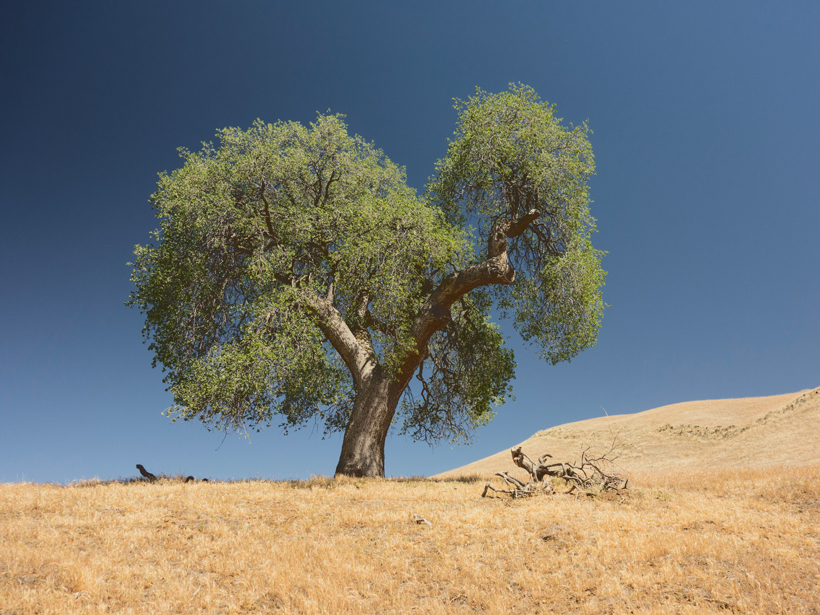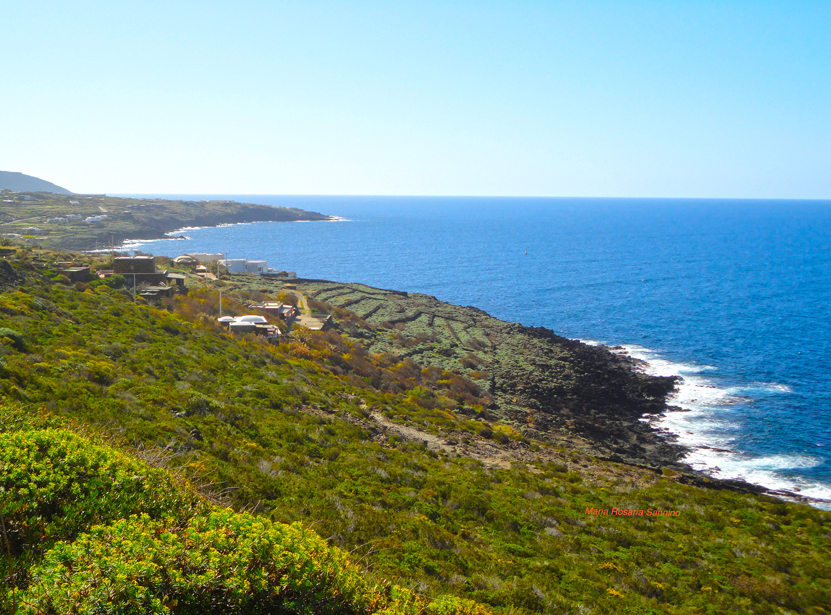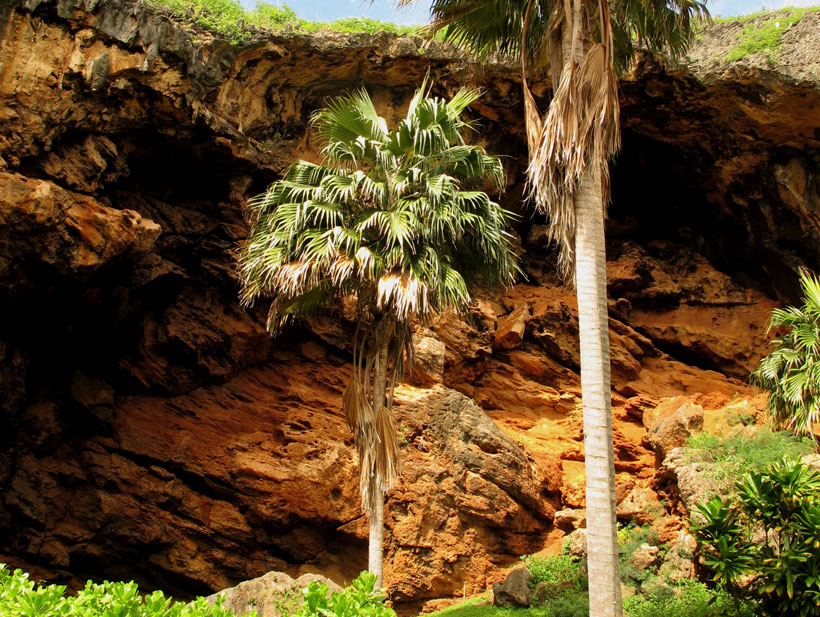Through analysis of 2014's record dryness in California, a study suggests that a risk of similar droughts depends not just on precipitation but also on temperature.
Hazards & Disasters
Fire in the Hole: Recreating Volcanic Eruptions with Cannon Blasts
Artificial volcanic plumes, fired from cannons loaded with ash plucked from the slopes of Iceland, may help researchers better monitor disruptive eruptions.
California's 2012–2014 Drought Unusual for Last Millennium
Soil moisture estimates, inferred from thousands of tree rings spanning the past 12 centuries, highlight the severity of the recent record-breaking drought.
Exploring Natural Hazard Policies with Bike Helmets and Bus Fares
A close look at everyday decisions—whether or not to wear a bike helmet or cheat on bus fare—helps students learn about assessing natural hazards, mitigating risks, and setting political priorities.
Found: The Submarine Source of an 1891 Eruption Near Sicily
Analysis of a volcano may help explain why some eruptions produce volcanic balloons–hollow chunks of lava that encase a gas-filled cavity.
Seismic Stress Modeling Puts Istanbul in the Crosshairs
Twenty years of ground motion observations show that seismic strain is accumulating south of Istanbul.
Internet Users Act as Earthquake Trackers
Armed with Internet connections, smartphones, and Twitter handles, citizens around the world are helping seismologists track earthquakes.
Keeping Watch Over Colombia's Slumbering Volcanoes
Technology used in your car's navigation system can help save the lives of those living in the shadows of volcanoes.
Radio Blackout! Ham Radio as an Operational and Scientific Instrument
Monitoring solar activity that disrupts communications can be helped by crowdsourced and automated reports from amateur radio operators.
Tracking Down a Subduction Zone Earthquake
Researchers use computer simulations to find the date and earthquake source of an ancient tsunami that deposited sediment in a Hawaii sinkhole.










